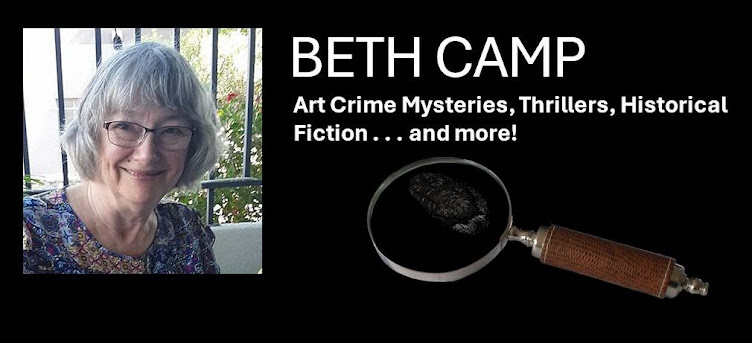For on March 27, 1847, Mount St. Helens did erupt, and Canadian painter Paul Kane did paint a fiery plume coming out of her left side at night.
 |
| Paul Kane, "Mount St. Helens Erupting at Night," 1847 Source Wikimedia |
Perhaps this 'fiery eruption' was partly created by the artist's imagination. Volcanologists report that between 1840 and 1850 before entering a long period of dormancy, Mount St. Helens did erupt in 1844, 1845, and 1846, with smoke plumes being most common, as spotted by British spy Henry Warre.
Paul Kane wrote in his Wanderings of an Artist: "There was not a cloud visible in the sky at the time I commenced my sketch, and not a breath of air was perceptible: suddenly a stream of white smoke shot up from the crater of the mountain, and hovered a short time over its summit; it then settled down like a cap. This shape it retained for about an hour and a-half, and then gradually disappeared."
Kane further notes: "About three years before this the mountain was in a violent state of irruption [sic] for three or four days, and threw up burning stones and lava to an immense height, which ran in burning torrents down its snow-clad sides."
As research threads unravel, I followed this lead to find that Dr. Forbes Barclay, born in the Shetland Islands in Scotland, was a surgeon and fur trader at Fort Vancouver from 1840 to 1850, just the time my characters would have visited there.
Another surprise: I’ve also been on the hunt for a quilt to put in my story and just discovered that a 200-year-old quilt is housed today in the museum that was once John McLoughlin’s home in Oregon City. Aha! More research is needed.
Yesterday, a friend wanted to know when Rivers of Stone would be available. I'm still editing but hoping for this year. Sign up for my newsletter HERE to find out exactly when.
Questions? Comments?
Paul Kane wrote in his Wanderings of an Artist: "There was not a cloud visible in the sky at the time I commenced my sketch, and not a breath of air was perceptible: suddenly a stream of white smoke shot up from the crater of the mountain, and hovered a short time over its summit; it then settled down like a cap. This shape it retained for about an hour and a-half, and then gradually disappeared."
Kane further notes: "About three years before this the mountain was in a violent state of irruption [sic] for three or four days, and threw up burning stones and lava to an immense height, which ran in burning torrents down its snow-clad sides."
But it doesn't sound like Kane directly observed that fiery 'irruption.' I did find a fascinating aside reported by Warre in his journals about an Indian, tribe unknown, who told of trying to jump over a strange river of hot stones when he was hunting near Mount St. Helens. He miscalculated the jump and badly burned his leg, which was later treated by a Dr. Barclay at Fort Vancouver. Warre's story contradicts Kane's report that the natives refused to go near Mount St. Helens.
 |
| Dr. Forbes Barclay Source: Oregon Health & Science University |
So, Paul Kane would have known Dr. Barclay.
Further, Dr. Barclay moved to Oregon City, about the time that John McLoughlin, the Chief Factor at Fort Vancouver, moved there. Both men married Métis women, and Dr. Barclay built his house next door to McLoughlin in 1849. He married Marie Pambrun at Fort Vancouver in 1843.
Further, Dr. Barclay moved to Oregon City, about the time that John McLoughlin, the Chief Factor at Fort Vancouver, moved there. Both men married Métis women, and Dr. Barclay built his house next door to McLoughlin in 1849. He married Marie Pambrun at Fort Vancouver in 1843.
Richard Matthews, a National Park Service volunteer at the Barclay House, was interviewed for a series of videos about the Oregon Trail. This five-minute video focuses on Dr. Forbes Barclay.
Maybe I won’t have fiery volcanoes or clouds of ash in my story, but now I’m thinking Dr. Barclay will make an appearance in Rivers of Stone.
Another surprise: I’ve also been on the hunt for a quilt to put in my story and just discovered that a 200-year-old quilt is housed today in the museum that was once John McLoughlin’s home in Oregon City. Aha! More research is needed.
Yesterday, a friend wanted to know when Rivers of Stone would be available. I'm still editing but hoping for this year. Sign up for my newsletter HERE to find out exactly when.
Questions? Comments?

No comments:
Post a Comment